Slow Travel: Why You Should Travel Less and See More
Learn about the benefits of slow travel and how choosing to spend time in fewer places actually allows you to see more.
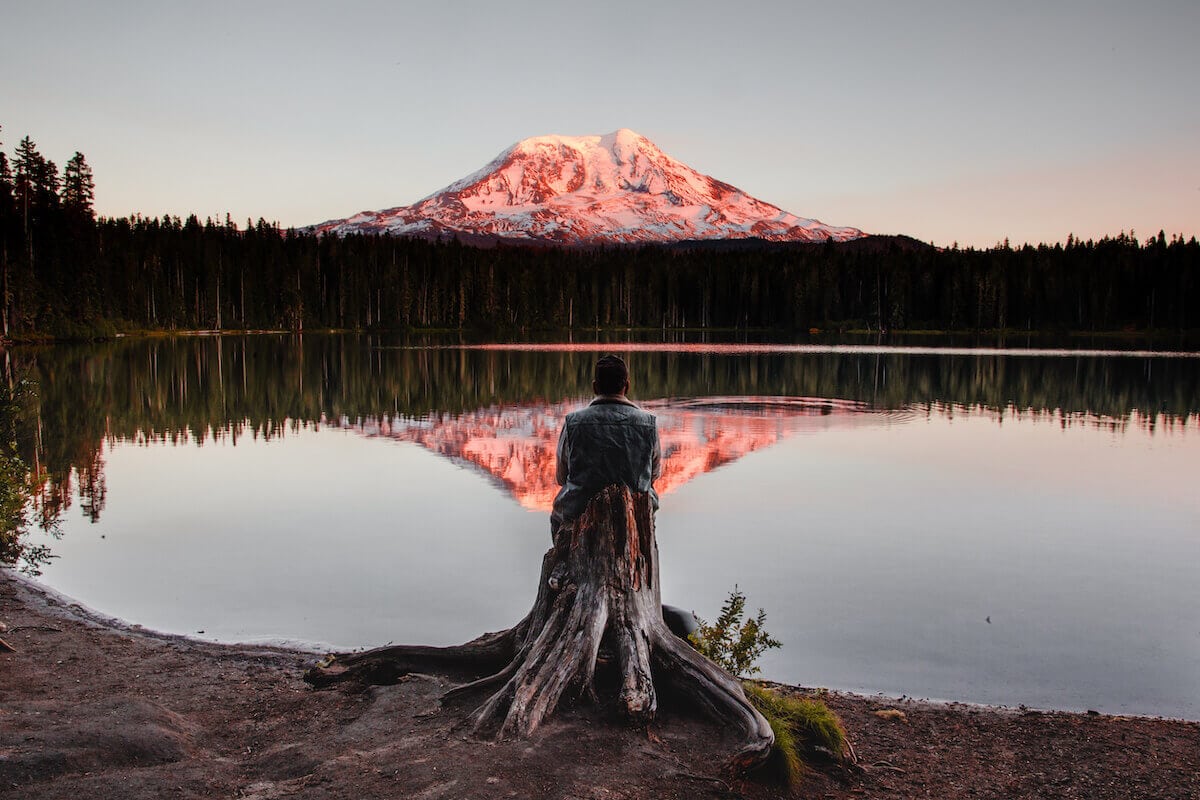
It doesn’t matter who you are or where you’re going, my first piece of travel advice is always the same… Slow down. We live in a time of unparalleled connectivity, where the internet and social media serve as constant sources of both inspiration and FOMO (fear of missing out). Whether in our heads, journals, or phones, we’ve all got that bucket list of things to do and places to see during our time on earth, and chances are we’ve barely put a dent in it.
The problem is that most of us don’t feel like we have the time to see it all and so, more often than not, we find ourselves trying to jam-pack every trip with as many destinations and adventures as we can. Sure, we get to knock more items off the bucket list but how much do we really see when we’re running through a place? Want to see more of the places that you visit? Consider slow travel.
In this blog post, we break down the benefits of slow travel and why you should consider traveling less to experience more.
All photos courtesy of Jono Melamed
What is Slow Travel?
At its core, slow travel is about changing the way you think about traveling while making conscious choices about how you spend your time. It involves spending more time in fewer places in order to immerse yourself in a destination’s landscape and the cultures of the people that call it home. By prioritizing connection and immersion, slow travel is a way to have deeper, more meaningful experiences while also limiting the ecological footprint of your vacations. It’s healthier for you, more beneficial to the communities that you visit, and less impactful on the environment.
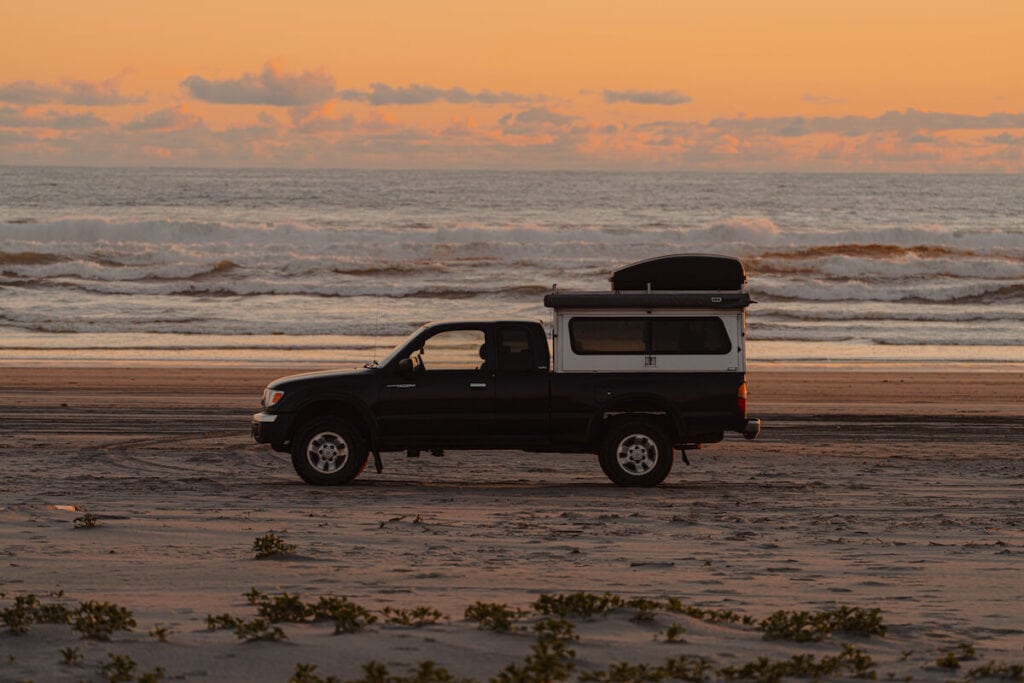
Benefits of Slow Travel
1. Less Stressful
Travel is stressful, but it doesn’t have to be. Most of the stress that we encounter while traveling has to do with time, with not just how much we have but also how we think about it. The key to less stressful travel lies in understanding that, while traveling, your time belongs to you and you alone. You’re the only person that can decide how you spend your time and so the choices that go into making a trip meaningful, enjoyable, and memorable are yours to make.
Obviously, we don’t always travel alone, so in this case “you” includes whichever friends, family members, or random stragglers that you happen to be traveling with. When we rush to accommodate the pace of industrial tourism, we’re often left physically and emotionally exhausted which undoubtedly leads to the one thing most of us travel to avoid… Burnout.
When you ditch the fast travel mindset, you’re free to move at your own pace which is something that we rarely do while on vacation. Slow travel allows you to be present and make decisions based on how you’re feeling in the now, giving you the freedom to shift your plans to better accommodate your mood and energy levels. By listening to your mind and body instead of your bucket list or rigid itinerary, you free yourself from the stress of rushing from place to place and watching the clock while you’re there.
2. More Time for Serendipity
With more time, you can plan less, leaving room for some magic. You can itemize your minutes and strategize around them all you want but the one thing you can’t plan for is serendipity. Travel can present us with new and unexpected experiences but, in order for that to happen, we need to be open to them. The one way to make sure some magic will never find you is to have your trip so well planned that you don’t have any room for spontaneity.
Slow travel embraces the ambiguity of everyday life in a place and allows you to engage openly and spontaneously with whatever you may find while doing so. When you aren’t always in a rush to be elsewhere, you have the time to notice the people around you and, better yet, they have the time to notice you. If you want to have more authentic experiences and find yourself off the beaten path, slow travel can get you there.
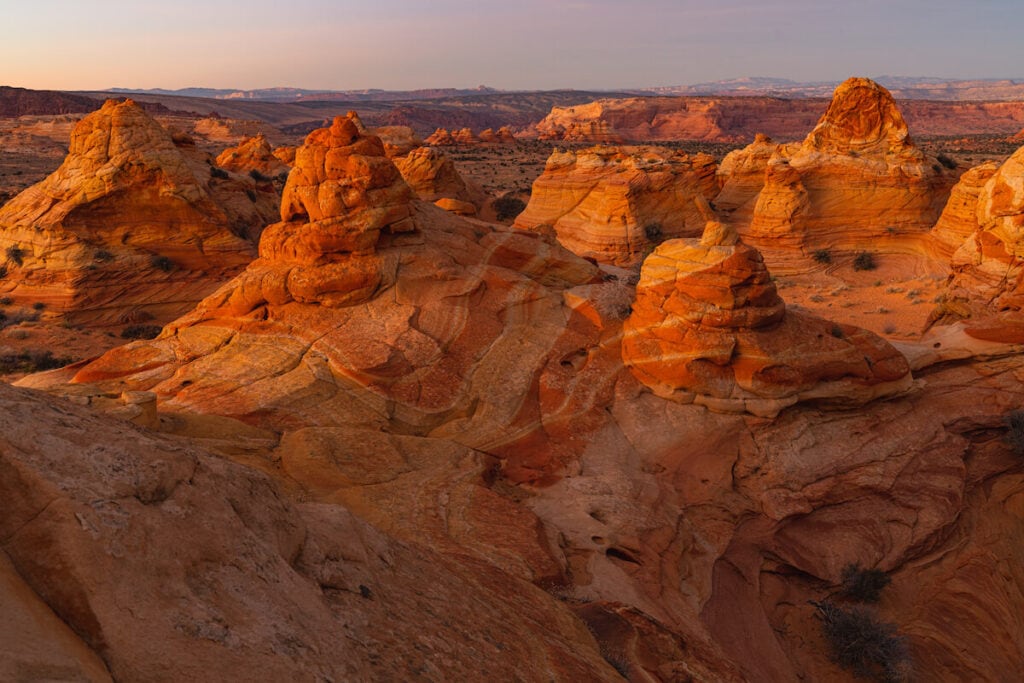
3. Deeper Connections with People
One day, when you’re looking back at a lifetime of travel memories, you’re going to remember only the best stories and the best stories are the ones that involve other people. Perhaps the best part of slow travel is the way it enables you to forge real and long-lasting connections with people along the way. Whether with a resident or another traveler, the kinds of relationships that one can cultivate while traveling are unique in their capacity for the meaningful exchange of culture and ideas.
When you make an effort to positively impact a community and respectfully engage with its residents, you gain access to the wealth of local knowledge that they share. Every place has its local secrets and, as long as you aren’t going to exploit them, seeking them out can lead to some of the most interesting and wonderful experiences that are to be had while traveling. While traveling slowly, it’s easier to talk to strangers and ask them about all of the things that make their home so special.
4. Immersion into the Food Culture
One of the best parts of traveling is getting to experience the world through your tastebuds. Even when we aren’t traveling, food brings us together as it nourishes not only our bodies but also our hearts and souls. While traveling, authentic culinary experiences can bridge the gap between places, cultures, and languages, acting as the connective tissue between a traveler and a destination. The thing is, when we’re in a rush, it can be all too easy to trade authenticity for convenience as we skip meals or quickly grab some food to go.
While traveling slowly, you have the chance to immerse yourself in a local food scene in a way that’s beneficial to both you and the community that you’re visiting. With more meals to be had in one place, you can experiment with all sorts of restaurants, cafes, and street vendors. As you get a feel for what you like, you can start to chase down similar, locally owned establishments, and even become a regular.
5. Support Locals & Learn About the Area
Seeing as many slow travelers will often choose a vacation rental over a hotel room, they usually have access to a kitchen. Not only can cooking for yourself be more affordable than eating out, but it also gives you an excuse to check out local grocery stores and farmers’ markets, giving you a unique window into the lives of the local population. Many well-trafficked destinations will have plenty of highly regarded restaurants that don’t always purchase their ingredients from local suppliers. As a slow traveler, you have the opportunity to bypass this and directly impact local food producers in a meaningful way.
Perhaps the best part of this aspect of slow travel is the opportunity to learn about local culinary customs and ingredients. The love for new ingredients and the recipes that they’re a part of is not something that you leave behind when you head home. Instead, it’s something that you’ll get to take home to your family and friends, where your newfound respect and admiration of these local customs will flourish.
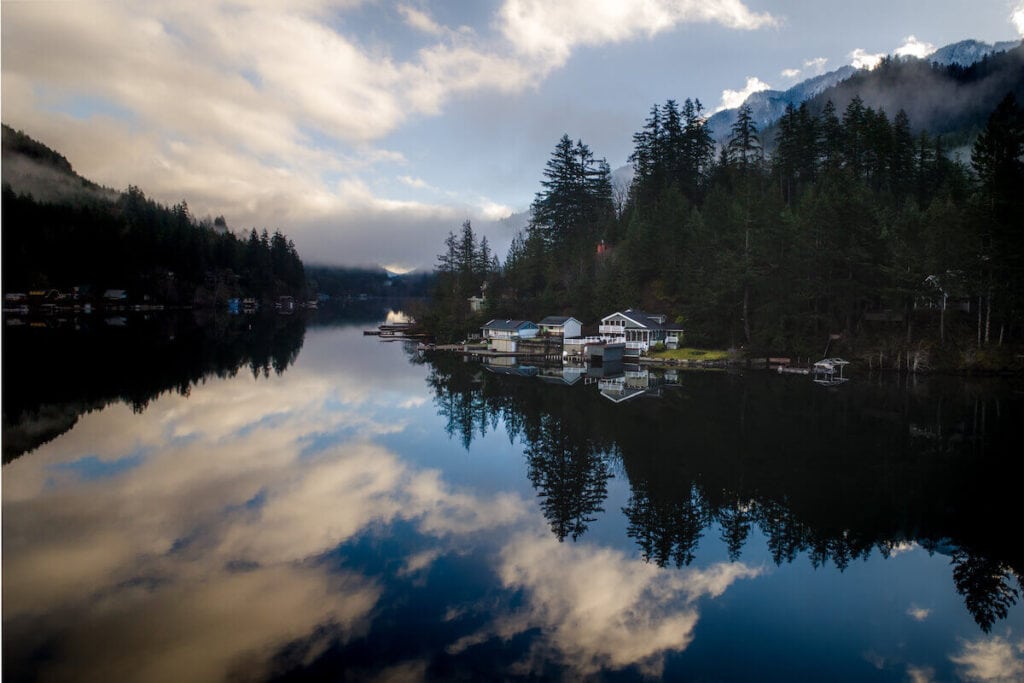
6. Spend Less & Save Money
Traveling constantly isn’t cheap. Either you’re buying a ton of tickets for planes, trains, and buses OR you’re constantly filling the gas tank. Staying put allows you to take slower forms of transportation or, gasp, even walk more often. It’s amazing how much money you can save when you have a bit more time. Additionally, some hotels and Airbnbs have discounts for longer stays, which can drastically decrease how much you spend on housing during your trip. Throw in the money you’ll be saving if you decide to cook in your AirBnb’s kitchen instead of going out, and you’ve got quite a bit of extra cash to play with.
7. Actually See More
Something that most people tend to underestimate is how much time they’ll be spending in transit when they have a lengthy itinerary. For many, spending half of their vacation time in airports, bus stations, or stuck in traffic feels like a normal part of travel, but it doesn’t have to be. When you commit to slow travel, you might be seeing fewer locations but you won’t be spending all of that time getting from place to place. Instead, you have the time to explore just about anything that piques your interest.
As I mentioned earlier, slow travel also allows you to change your plans in order to accommodate conditions that you can’t plan for, which is one of its greatest benefits. Three-hour wait to get into Arches National Park? Instead of spending that time in line because you have to be elsewhere in the morning, just come back in a few days when the rush has passed. Feeling a bit under the weather because you’re in Tucson for the first time and aren’t used to the heat? Great, take a couple of days to acclimate instead of powering through it and being delirious the whole time. Car exploded on the way to Flagstaff? No need to freak out, you’ve got the time to breathe and deal with it. For everything that you can predict while traveling, there are three completely unpredictable predicaments that threaten to take up some of your precious time. Having the extra time in a place allows you to deal with them without diminishing your experience or leading to burnout.
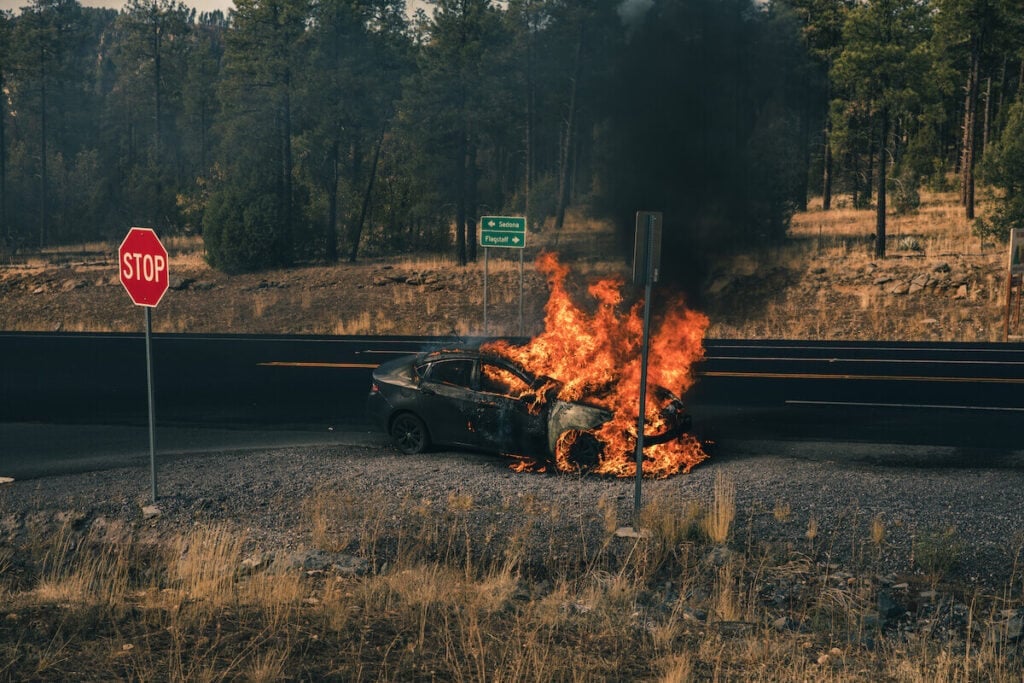
8. Less Environmental Impact
Maybe it goes without saying but I’m going to say it anyway, traveling isn’t great for the environment. Unless you’re traveling entirely by foot, bicycle, or horseback, your vacation is going to include the use of fossil fuels to get you from one place to another. Fast travel has folks covering vast distances in a very short span of time, which more often than not necessitates a lot of flying or driving.
Slow travel, on the other hand, might still have you flying or driving but not nearly as much. When you aren’t rushing, you can take your time getting somewhere which opens up a world of unique travel options depending on where you are. While it’s near impossible to avoid the use of fossil fuels while traveling, many forms of transportation have a smaller carbon footprint than planes and automobiles. Walk across a city and see what you find along the way. Rent a bicycle and take the scenic route to the next town over. Get on a ferry and see where it ends up. When you have the time to enjoy a journey, the journey itself becomes the destination.
9. Less Plastic
From individually wrapped soaps in hotel bathrooms to single-use water bottles in just about every store on earth, the travel industry is responsible for a staggering amount of single-use plastic being made, used, and discarded. It doesn’t matter how you cut it, fast travel is wasteful. When you’re constantly traveling from hotel room to hotel room on all manner of planes, trains, and buses, it doesn’t necessarily matter if you’re using said plastic products, they’re still being allocated for your use and are most likely discarded even if you haven’t used them. By not changing rooms every few days and being intentional with the kinds of places where you purchase food and beverages, you can lower the footprint of your trip quite drastically.
10. Avoid Overcrowding
A common misconception about slow travel is that you don’t go and see the most popular attractions in an area, which couldn’t be less true. What is true, however, is that having more time in a place allows you to be more flexible when it comes to visiting those attractions, making it easier to avoid them when they’re at their busiest. Overcrowding has become a huge problem in many destinations, especially in the National Park System. By visiting popular places during less busy times, not only are you ensuring that you’ll have a more enjoyable experience, but you’re also doing your part in making the crowds more manageable for the staff, making the experience more enjoyable for other guests, and mitigating some of the ecological strain that huge crowds can create.

11. Revisit Places
One of the most important aspects of the slow travel mindset is operating under the assumption that, wherever you are, you’ll be coming back. Real relationships are built over time, a fact that is just as true when talking about a place as it is when talking about a person. When you realize that this won’t be the last time that you visit your destination, you realize that you don’t have to do it all. In fact, you realize that you probably shouldn’t do it all so that you can save a few things for next time. Just like people, places change. Experiencing the same place during different seasons, with different people, or as a different version of yourself gives you a unique combination of experiences that work together to build your relationship with the place that you are visiting.
When it comes to travel, there isn’t a right or wrong way to do it. Everyone has their own way of traveling that works for them, a tried and true approach to seeing the world. It is, however, good for everyone to step outside of their comfort zone once in a while and try new things. The next time you plan a trip, think about giving slow travel a shot. By traveling less and seeing more, you can open up a whole world of opportunities that you may have otherwise blown right past.
We’d love to hear about your slow travel experiences or answer any questions you may have about it. Leave us a comment below!


After a half dozen major overlanding adventures, the recipe for “slow travel” that we’ve adopted has the following components:
1) We never drive on freeways (except sometimes at the beginning and end of a expedition when we are returning to the busy, urban east coast). Freeways are boring and keep you away from the local color. Those huge empty boring margins on each side of the freeway and the double strip going the other way keep you far from seeing interesting things up close.
2) We never drive faster than 60 mph. Wind resistance increases as the square of velocity, so the faster you drive, the worse your gas mileage. Besides there are very few non-freeway roads where you can or want to drive faster than 60.
3) We broadly plan out the trip so that every “driving day” does not involve more than about 350 miles, and for every driving day, we schedule in 2.5 non-driving days. This ratio has proven really good for us to be chill during our expeditions, and have plenty of time for the unexpected. Of course some days we may just push on through (like if it’s a horrible weather day, and putting on the miles is just fine). Then other times we may simply spend a full week in one place.